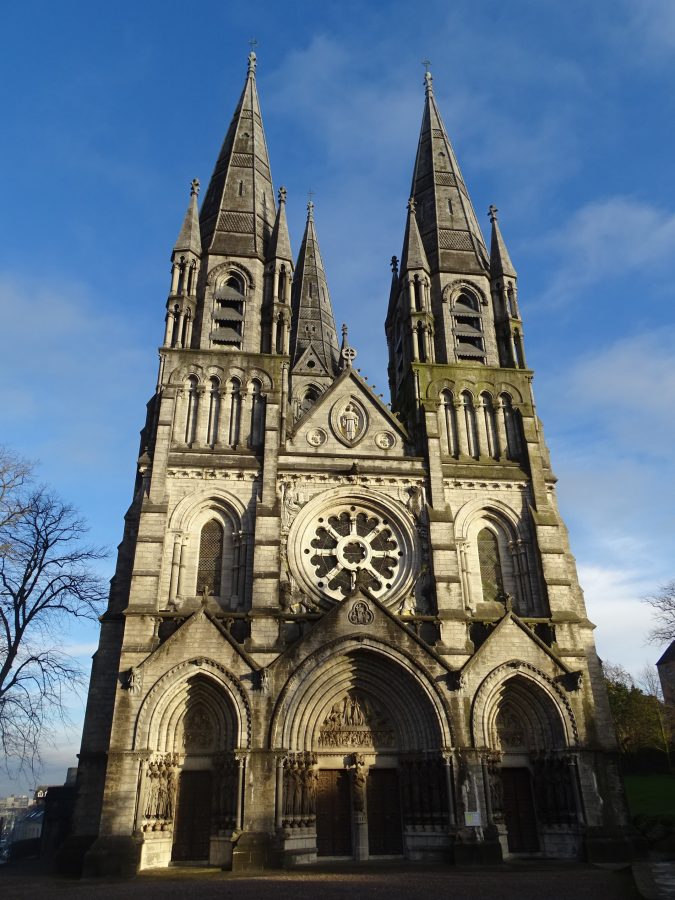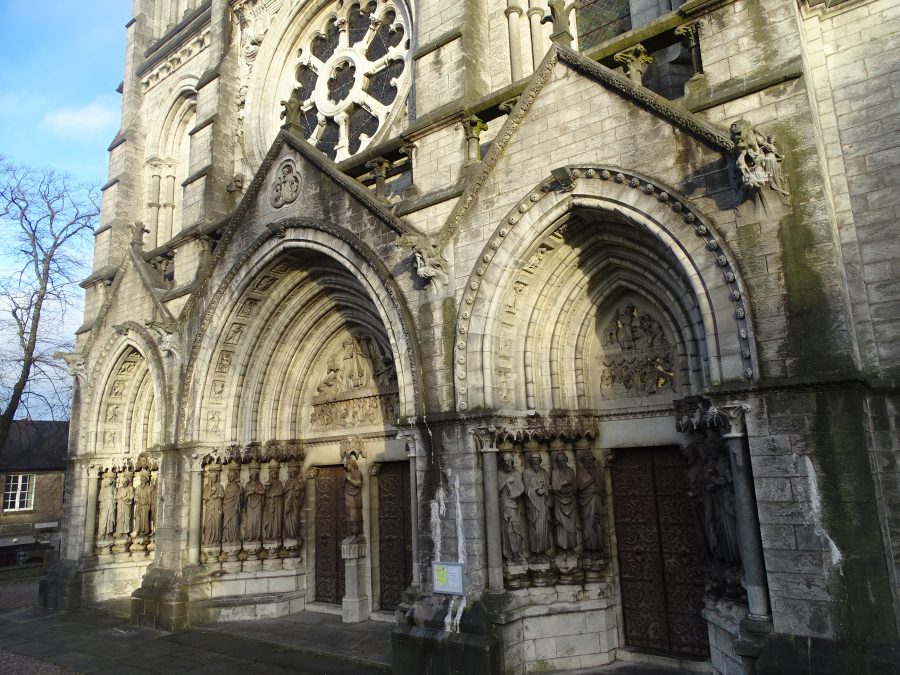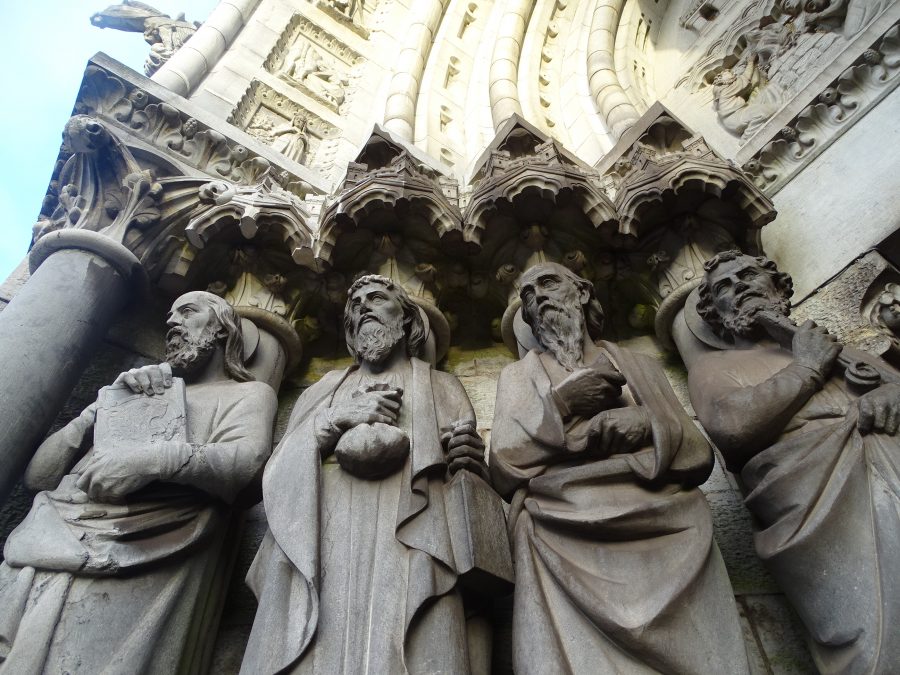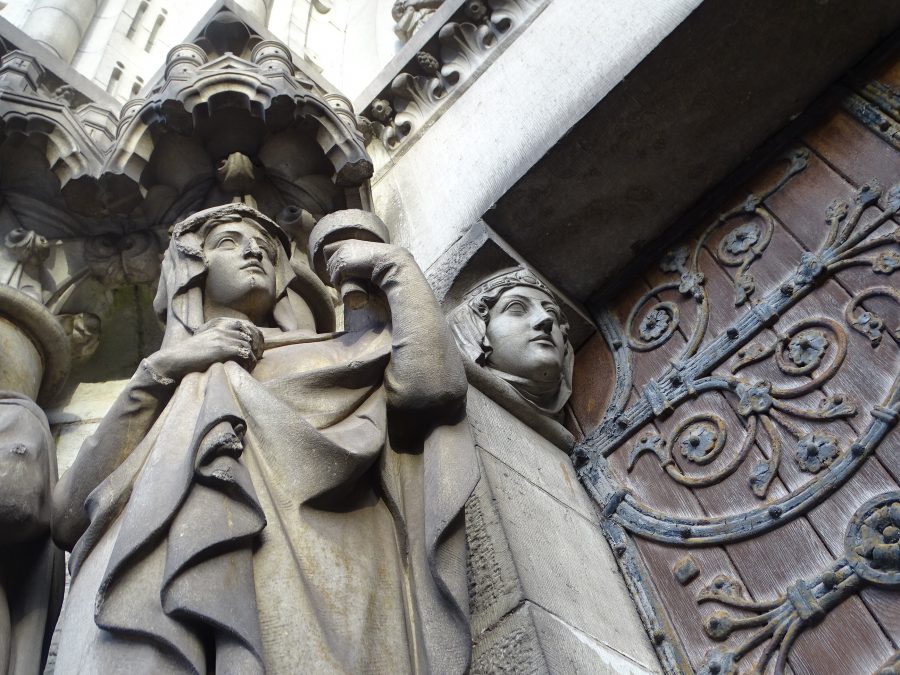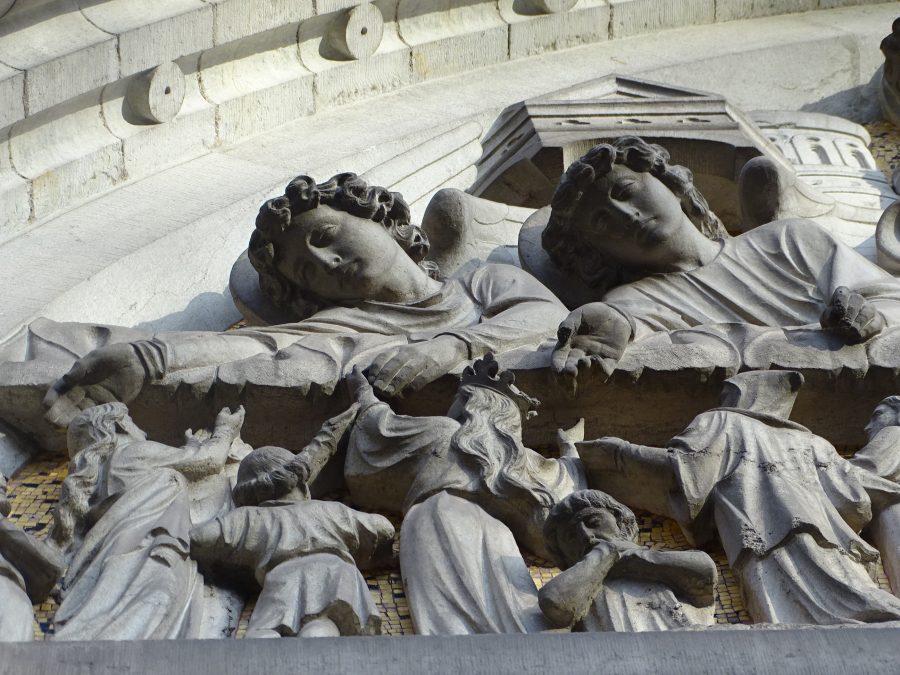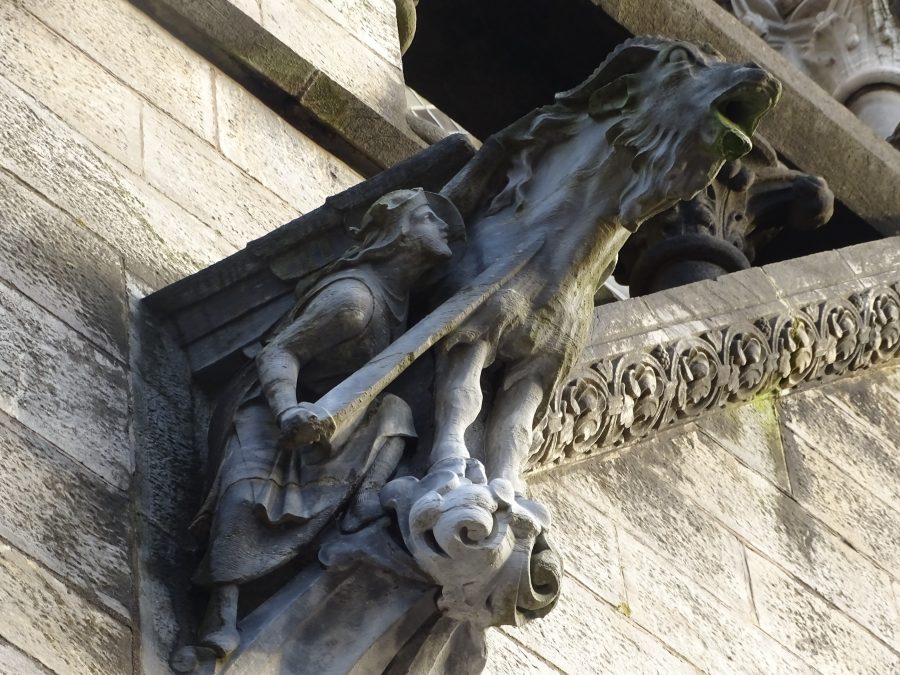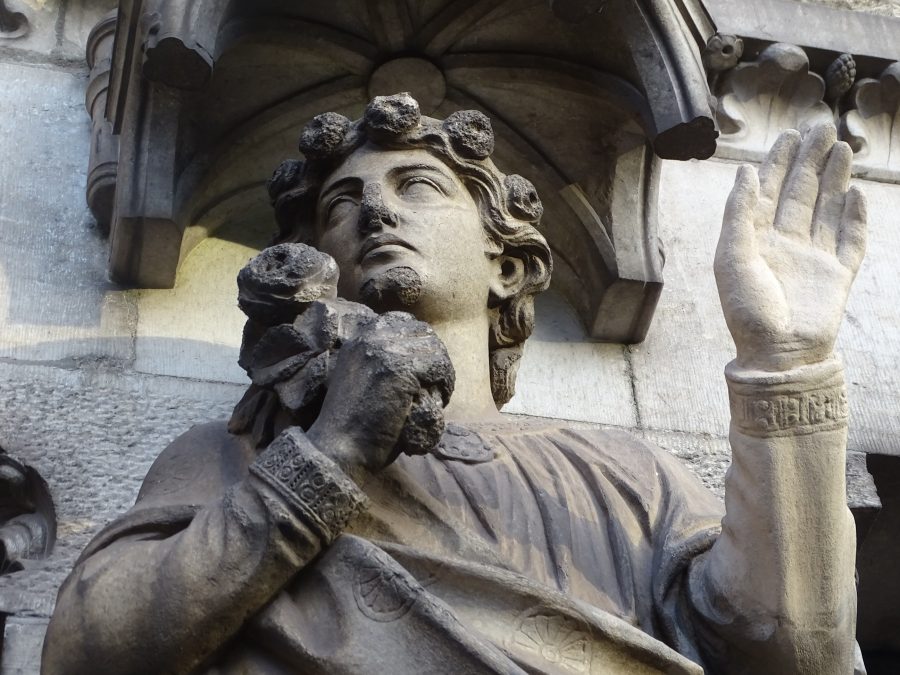Another fantastic space in the City of Cork – St. Finbarre’s Cathedral and a photographer’s paradise!
The present cathedral occupies the site of the ancient seventh century monastery of Saint FinBarre and is the third church on the site. The first was only taken down in 1735 due to financial restraints after been considerably damaged during the famous Siege of Cork in 1690. This small medieval church is reputed to be the church in which the famous poet, Edmund Spenser married his second wife, Elizabeth Boyle in 1592.
The second or eighteenth century church was consecrated in 1735. It was a plain classical building, which retained the original tower of the first church. It was taken down in 1865 to make way for, in the words of the bishop of Cork, Gregg at the time, ” a structure more worthy of the name, Cork Cathedral”.
A general committee was formed to address the question of funding for a new building and to choose it architectural design. In 1863, a competition was arranged to find a suitable architect. The unanimous choice out 68 entrants from Ireland, Britain and the continent was for the design inscribed “Non Mortuus Sed Virescrit”, which means “He is not dead but flourishing”.
William Burges was not just an architect but a person with numerous talents. Born in London on the 2nd December 1827, he was the son of a successful civil engineer and educated at King’s College London.
The general shape of the interior consists of a central nave or aisle with two side aisles, which run in a semi – circle to form an ambulatory around the altar. There is plenty colour in Burges’s interior. The large rose-type stained glass windows provide a colourful array of light inside the church. The great piers, which support the roof are of grey-brown Stourton stone. The reddish columns are of Cork red marble. The sanctuary explodes in many colours – green and red columns, gilded capitals, and a ceiling patterned in red, blue, gold, white and green.
In regards to the interior fittings, Burges accumulated a coterie of artists and craftsmen who under his direct control were responsible for stained glass, woodwork, mosaics and metalwork.
EXPLORE the Cathedral’s website: St Fin Barre’s Cathedral, Cork, Ireland (webs.com)
WATCH a short film with Cork’s St Finbarre’s Cathedral with Rev Nigel Dunne.
WATCH a short film by Kieran McCarthy highlighting the architecture of the western face of St Finbarre’s Cathedral:
Pictures of the western face of St Finbarre’s Cathedral, Cork:
